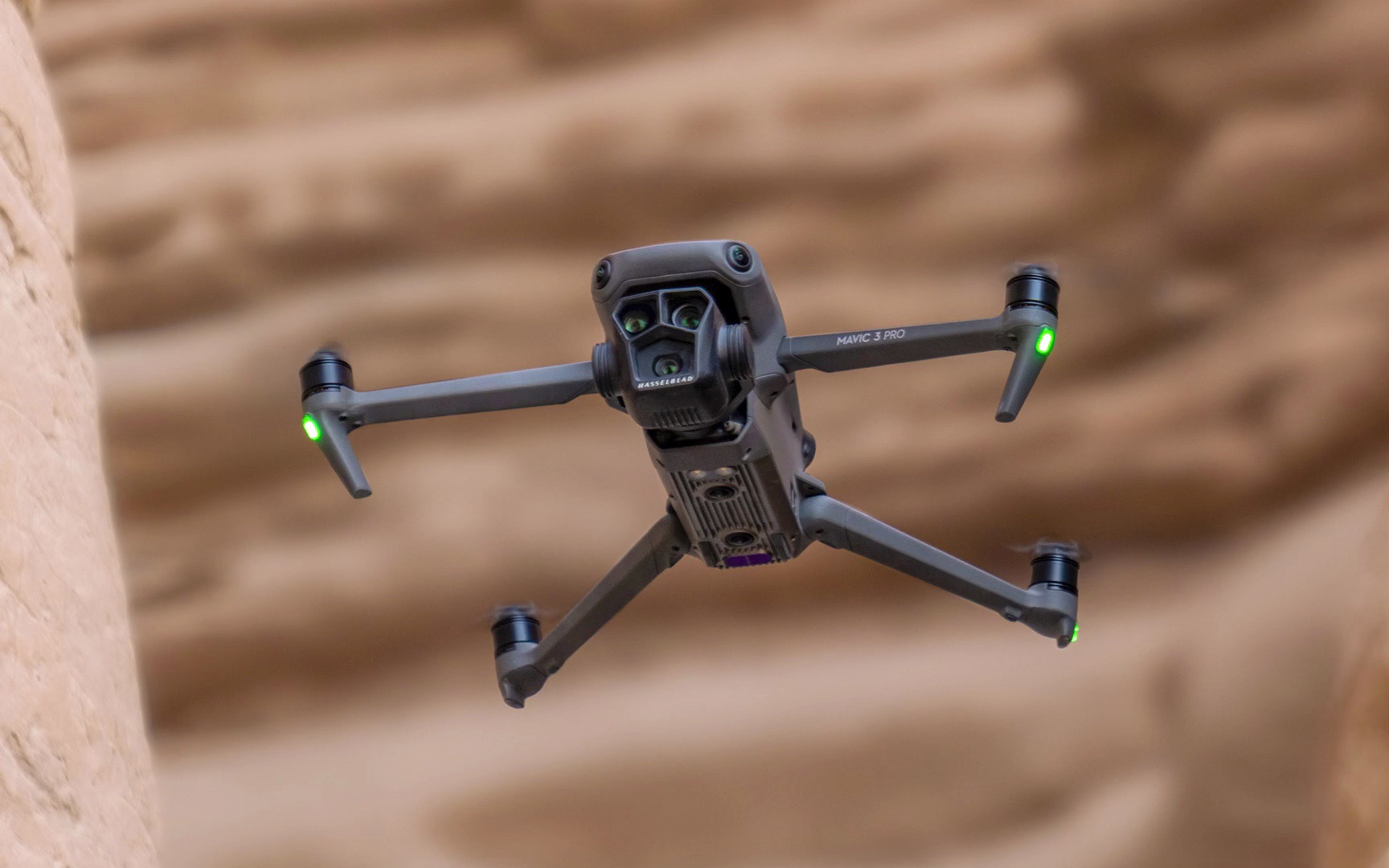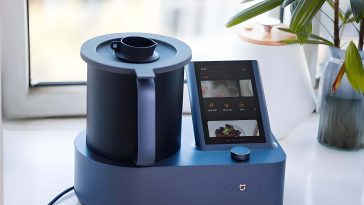The main camera adopts a revolutionary dual-lens configuration this time, and it also has a telephoto lens. The drone is an aerial perspective, just like looking at a map, we always want to zoom in on certain parts to see them more clearly, so the telephoto lens design is available on the DJI Mavic 3.
The telephoto lens is designed with a 1/2-inch 12-megapixel CMOS sensor, supports 28x hybrid zoom, and has a maximum equivalent focal length of 162mm. It should be noted that the telephoto lens does not support the Hasselblad Natural Color Solution (HNCS). DJI defines this telephoto lens as an exploration mode. Its main job is not to shoot videos, but to facilitate users to plan routes and frame in advance to improve shooting efficiency. Users can use it to assist in shooting some telephoto lens videos and creative shooting, so that our finished films can have more diverse photography styles.

In terms of obstacle avoidance system, DJI Mavic 3 brings omnidirectional obstacle avoidance, that is, it has the ability to avoid obstacles in all directions, up, down, front, back, left, and right, which is a qualitative leap. DJI Mavic 3 is designed with a total of 6 fisheye cameras in the front, back and bottom directions. The angle of view of the fisheye camera is 185 degrees, so it can cover a very large visual area. There are also two wide-angle cameras on the top of the drone, and there are fill lights and ToF ranging sensors below. With the new algorithm of APAS 5.0, the drone can avoid obstacles more intelligently.
However, one thing to remind everyone is that during aerial photography, be careful of very small objects such as wires and small branches, because when the obstacle avoidance visual sensor is working, especially during high-speed movement, these small objects are not easy to be found and identified, so there are great safety hazards when flying over or shuttling between these small objects.
For image transmission, the DJI Mavic 3 Basic Edition and the Free Flight Kit use the RC-N1 remote control, equipped with the latest generation of DJI OcuSync 3.0+ image transmission system. DJI O3+ can support a maximum image transmission distance of 15 kilometers, and the transmitted image reaches 1080P 60fps, which is clearer and smoother. The DJI Mavic 3 CINE Master Kit uses a remote control with different configurations, the model is DJI RC Pro. This remote control has its own screen, which is larger than the 6.7-inch iPhone 13 Pro Max screen, so it can bring a more shocking visual viewing experience.

In terms of battery life, DJI Mavic 3 can provide a maximum battery life of 46 minutes and a maximum range of 30 kilometers. What is the significance? We assume that it can fly for 46 minutes. It takes about 10 minutes to take off, compose and adjust during shooting, and about 6 minutes to return. The actual shooting time is 30 minutes, which greatly guarantees that we have more shooting time.
Among the focus follow options, the most popular and most used function is the smart follow function. DJI Mavic 3 is equipped with Smart Follow 5.0. Unlike previous DJI Mavic series drones, this time the focus follow is no longer just to follow through the main camera lens, but also uses the visual sensor on the fuselage to track at the same time to ensure that when the subject suddenly runs out of the main camera lens, the subject will not be lost.
With this capability, we can let DJI Mavic 3 do the following shooting in sports such as cars, bicycles, running, and motorboats, and the photographer can save time and trouble.
In addition, DJI Mavic 3’s Smart Follow 5.0 adopts a three-dimensional following design, which means that the accuracy of following has been greatly improved. In the past, when using the smart follow system to shoot, the following situation may occur. For example, during the follow-up shooting process, after the subject and other similar objects intersect, the drone may continue to follow other similar objects, resulting in recognition errors. Now it is different. Not only can the three-dimensional following capability help the drone better identify and track the subject, but the drone also marks different targets with ID recognition, so that even if the subject and similar objects intersect, there will be no tracking confusion.

Through the video, we can see that DJI Mavic 3 is indeed more “smart”, not only in that its following path has been significantly optimized and can perform better following operations, but also in that its continuous recognition ability and recognition accuracy have been significantly improved. With the ability of omnidirectional obstacle avoidance, we can see that DJI Mavic 3 can also complete smart follow-up shooting very well even in complex environments such as the woods. With this performance, we can use DJI Mavic 3 to shoot more diverse aerial materials.
Point of interest surround, this is very simple to understand. After turning on the function, we first select the subject as a target, and then DJI Mavic 3 will fly around this target as the center, and the subject can also move along its own trajectory. Many of our common shots of cars driving, bicycles driving, and running can be shot using this function.






